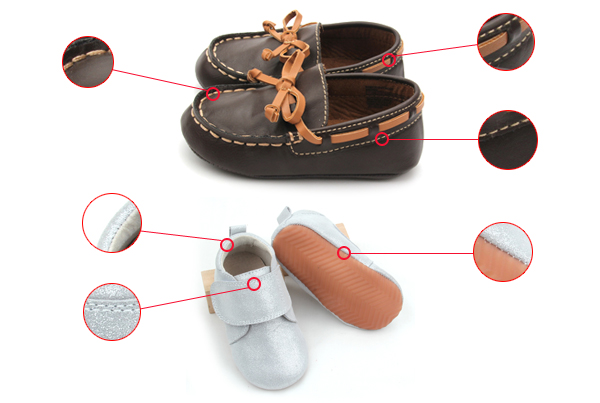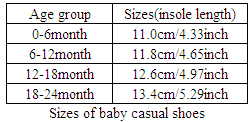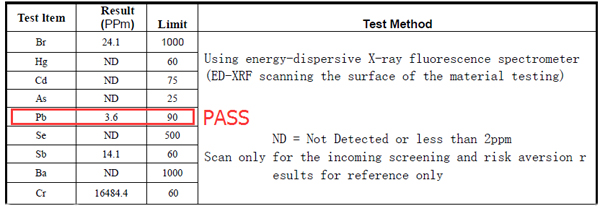"Everything in the field of vision is bamboo, and wild and green people sing." This is a true portrayal of Nandu Town, Suixi City, hometown of bamboo. Zhuxiang Nandu Town has a long history of traditional folk craftsmanship. From ancient times to the present, farmers here are accustomed to planting a variety of easy-to-produce bamboos (also known as bamboos) on hilly slopes, banks on the banks of riversides, behind the houses, etc. Scale, and form a production base. At present, the area of ​​bamboo planting in the town is over 10,000 mu, with an annual output of more than 600,000 tons of bamboo raw materials, and only the annual output of bamboo raw materials can reach 20 million yuan. Many farmers have issued "bamboo wealth." Nandu bamboo awning weaving production as early as the liberation of the rise. Local farmers like to use bamboo as a raw material for making various types of living appliances such as bamboo chairs, baskets, baskets, fire cages, chicken cages, rain caps, and sieves. Is it possible to use only the bamboo grasses and bunges of the mountains and the fields to make bamboo basket brooms? Can it be processed into other technological products and strive to export overseas? In 1970, Liang Hong, a savvy farmer in Yiwu Village, Nandu, negotiated development plans for the bamboo woven and processing industry with several partners with his unique ambition and vision. At the time, they only invested 10 yuan each, and they set up Nandu Bamboo Art Factory with ease. At first, they mainly sold brooms, bamboo bowls, bamboo baskets, etc. to supply and marketing cooperatives, and supply and marketing cooperatives sold them to foreign trade bureaus, and foreign trade bureaus re-exported them. Later, Liang was very good at learning. He directly found contact orders with the Foreign Trade Bureau, reduced the supply and marketing cooperatives, and made more money from it. In the first year, the Ganzhou Foreign Trade Bureau once ordered an order for 1 million brooms with them. Because of the shortage of raw materials, they only made 100,000 orders. In the second year, they learned their lesson, conscientiously summed up their experience, paid attention to the purchase of raw materials, made quality products pass, and made more than 3 million brooms, which initially tasted the sweetness and opened up the situation. Since then, their industries have evolved from "coarse" to "precise" to "fine". More than 300 varieties have been designed to meet the needs of the market, especially bamboo curtains, bamboo boxes, and large mansard boxes. In order to make the bamboo awning woven products industry more successful, they tried their best to “steal†arts and crafts to the relevant manufacturers, and slowly sold their refined bamboo awning woven products to foreign markets. By the early 1980s, the Zhumang weaving industry gradually began to flourish in Nandu, gradually forming a large-scale industrialization. From 1989 to 1997, there were more than 20 large and small handicraft circulation enterprises in Nandu Town, and nearly 40% of the households engaged in bamboo awning weaving and processing production. Zhumeng ediated income became the main channel for local farmers to get rich. By 1998, due to the impact of the Asian financial turmoil and the weakening of the global economy, Nandu Bamboo Weaving weaving industry was at a low point and its development was slow. With the continuous improvement of the environmental awareness of the international community, the demand for beautiful and practical bamboo-man woven crafts in overseas, especially in ASEAN and Western developed countries, has soared. This has brought business opportunities and hope to the bamboo-weaving industry. Nandu Town Party Committee and Government to seize the opportunity, focus on the "industrialization of industrialization," the goal for the stronger and bigger bamboo awning weave this piece of "cake", has adopted a series of development measures, established the establishment of the Zhumang Concentration Area, have been established "Zhumang Compiled Street", "Zhuzhi Village" and "Zhumang Village" gradually formed the "Zhuman Weaving Products Industry Town". At the beginning of 2002, Zhuman woven products industry began to reinvigorate its vigor in Nandu. It is led by the Zhuxi South Craft Factory, Huaqiang Craft Factory, Anli Craft Products Factory and Lixing Manufacture Factory. The Zhumang weaving process and the wood weaving process industry are presented. The development trend of large-scale and base-based development. Through the "corporate + base + farmer" industrialized business model, distribution companies and farmers signed a purchase agreement. Farmers produced products according to the style and standards provided by the company and delivered them regularly. Products were uniformly exported after printing, finishing, and packaging by the company. Formed a complete system of production, supply and sales. Nandu Town Yixin Village is a large base village of bamboo awning weaving products. There are 5 bamboo awning weaving products in the village, and more than 1,800 people participate in bamboo awning woven products industry. It also attracts minority youths such as meltwater and other places. Many people came to work and formed the “company + farmer†production and operation model of “farmers are factories and enterprises are shopsâ€. The average annual income of farmers participating in the project reached more than 8,000 yuan. There are thousands of varieties of products such as bamboo handles, bamboo baskets, bamboo boxes, rattan crafts, etc. The products are exported to markets in Southeast Asia, Europe and the United States, and bamboo awnings have an annual output value of more than 11 million yuan and foreign exchange earnings of 1.6 million US dollars. Yixin Village has become a famous “Bamboo weaving villageâ€. The rapid development of Yixin Village has become the “leader†of the bamboo awning products industry in Nandu Town. The farmers in other village villages saw the “money†way and joined the bamboo awning products industry one after another. At present, the town has 25 villages, nearly 20,000 farmers involved, and extended to the surrounding towns such as Dalu and Dalong, and Xinyi and Gaozhou in Guangdong.
Our factory manufacture many designs of Baby Casual Shoes in varieties fashion styles,
The usual materials we use for baby casual shoes are genuine leather, PU leather and cotton fabric,
All baby casual shoes we manufacture in best quality, comfortable materials, excellent handwork and sewing.
As the basic requirement of US, EU & AU customers, we provide the standard sizes for baby casual shoes of 0 to 24 months,
Moreover, your own designs or patterns and logo orders for baby casual shoes are welcomed, all your message will be protected by private policy, not allowed to show and share with other baby casual shoes customers around the world.
All leather we used for baby casual shoes are following the requirement of US CPSIA policy, pass customs test, Pb element no higher than 90ppm, friendly to environment, and safe to babies.
We all love babies, we all love baby casual shoes, we all want baby happy.
Baby Casual Shoes Baby Casual Shoes, Infant Casual Shoes, Quality Casual Shoes, Guangdong Baby Shoes, Baby Shoes Suppliers Shenzhen Baby Happy Industrial Co.,LTD , http://www.babyshoes.cc


